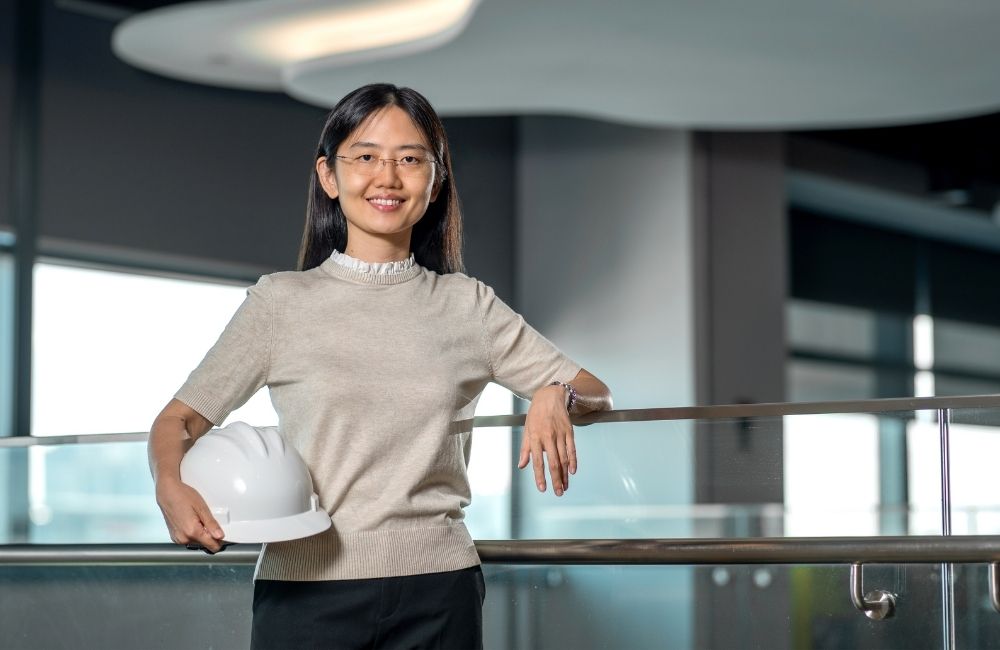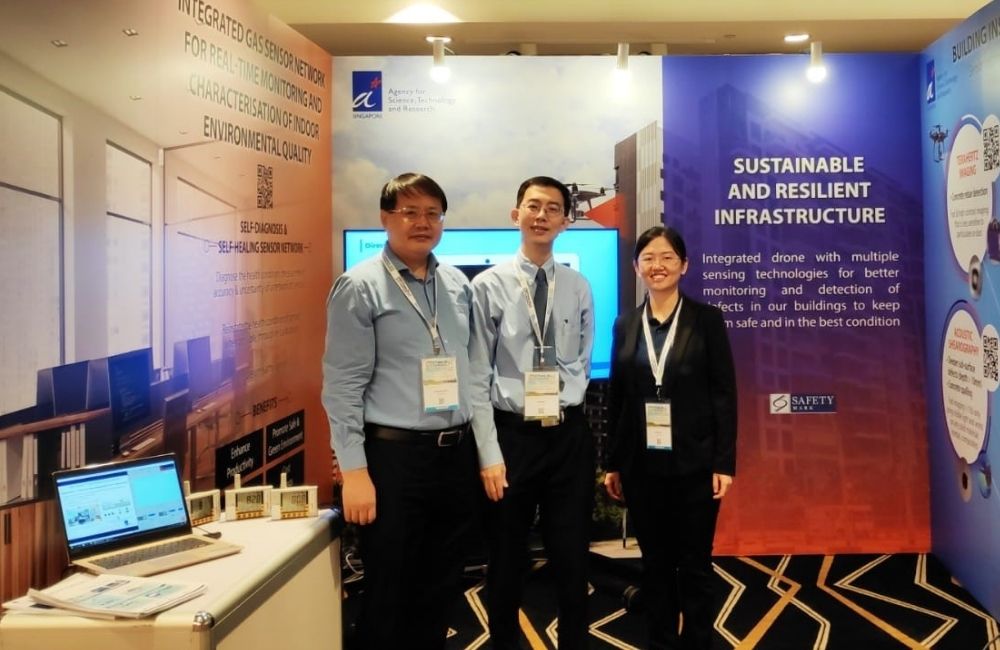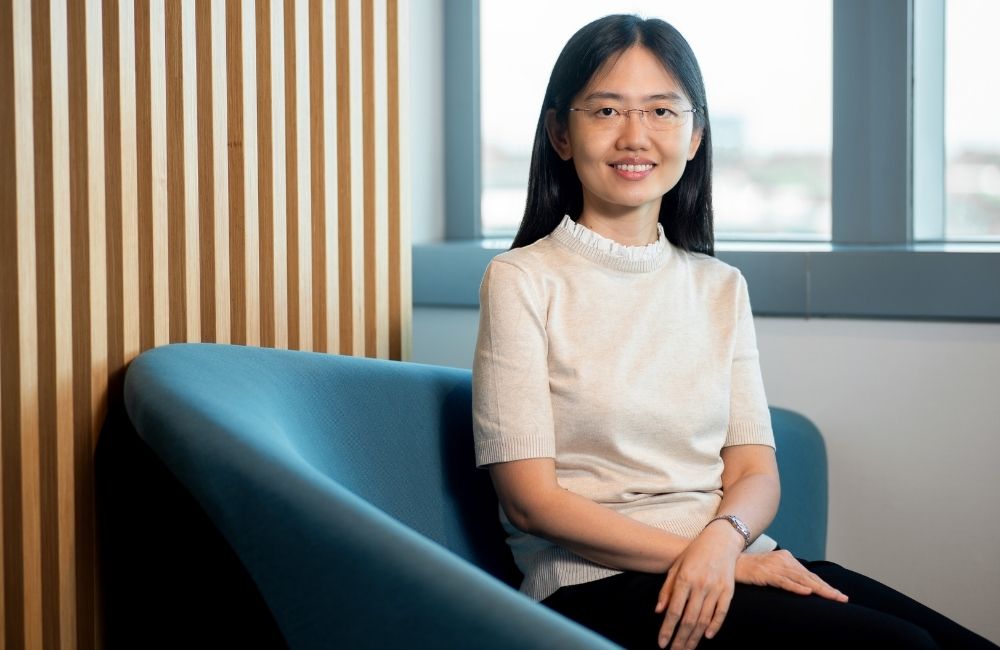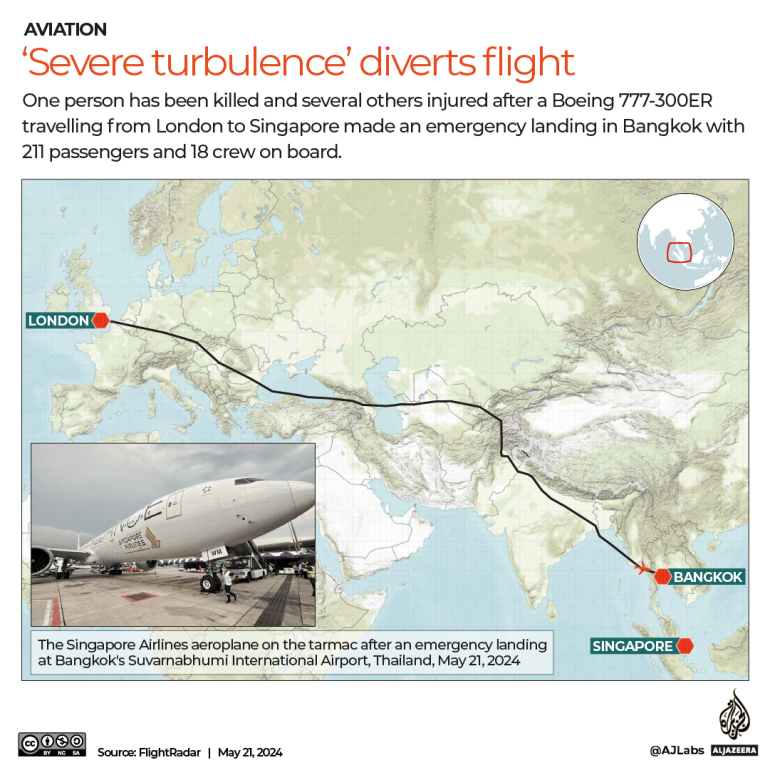
“Be curious and open. Keep doing the things you are interested in, and slowly the dots will connect.”
Sometimes changing the world does not happen overnight, but rather slowly in small minute shifts, one measurement at a time.
Cui Shan’s work as Scientist III at the National Metrology Centre (NMC) is so niche that the ordinary eye often overlooks it. However, what she does has a far-reaching impact on everyday life—from noise pollution to air quality. In terms of real-world application, her work is really about human safety.
On a day-to-day basis, Cui Shan’s work involves developing and maintaining the national measurement standards, such as sound pressure levels and vibration amplitudes. She ensures that Singapore’s acoustic and vibration measurement standard systems adhere to the International System of Units (SI). Apart from that, Cui Shan also brainstorms on new research proposals while being involved in other training and consultancy work.
It is behind-the-scenes work that often goes unnoticed. “What we do at NMC is not directly seen by end-users. We are often working at the backend and not contributing in any obvious or public way. But what we do ensures the safety of the general public.”
Noise level controls are critical in factories and construction sites. Cui Shan and her colleagues ensure noise measurement accuracy and reliability. Their efforts will give the government and workers the confidence that their workplace is well-monitored and risks causing permanent hearing damage are timely identified and rectified.
The gravity of her work becomes even apparent as technologies such as Artificial Intelligence (AI) become more embedded in our everyday lives for decision making and process/machine control. Autonomous operation is already present everywhere—from aeroplanes flying on autopilot to self-driving MRTs. Physical measurements and how these data are interpreted and used in the AI models would need to be precisely described to ensure measurement reliability and traceability for human safety.
 Urban Sustainability R&D Congress 2019
Urban Sustainability R&D Congress 2019
“If we don’t do our job well, it could well end up in a disaster. Sensors may drift easily and impact the data analytics and AI models used in many areas. Besides sensing data accuracy, we also need to be able to evaluate AI that is operating on the sensing data for better safety.”
She adds, “Slowly, the importance of metrology will be more recognised when these technologies are ready for daily deployment.”
For such an essential yet understated field, Cui Shan shares that she did not set out looking for such niche work. Her previous experience includes studying integrated circuit design during her undergraduate days to researching wireless communication for her PhD and now mechanical metrology at the NMC.
“While looking for a job, I found the job description unique but didn’t know what metrology was. I soon realised that it is a critical infrastructure for every country and is, in fact, very meaningful.”

When asked about her inspirations, Cui Shan cites Nobel Laureate Prof Dr Klaus Von. Klitzing, who visited the NMC several years back. He established the Quantum Hall effect, the world standard for resistance calibration, and was awarded the Nobel Prize in Physics in 1985.
Prof Dr Klitzing has been working on measurements for his entire life and finally made a significant breakthrough. I aspire to be someone like him—working on advanced metrology research and contributing to humanity.
There is still a lot of work to be done in the field of metrology. Cui Shan brought up the example of how as recent as 2019, one kilogram was still being measured against a physical artefact in Paris. The original kilogram was an imperfect standard as it was drifting due to weight loss and degradation. Finally, after 130 years, the kilogram has been redefined based on fundamental constants of nature using electromagnetic and quantum technology.
As her field evolves, Cui Shan is focusing on digitising metrology as the next frontier. “The Internet of Things (IoT) will see sensors deployed everywhere. To enable quality assurance, we will need to calibrate and validate sensor data more efficiently. We will not be able to handle the sheer volume unless we digitise our domain. It is already the case that low-cost sensors are so much cheaper than the cost of calibration.”
By following her interests and building on her strengths, Cui Shan has found her happy niche and is glad to share some advice to budding scientists setting out on their paths: “Be curious and open. Keep doing the things you are interested in, and slowly the dots will connect. In the beginning, you will feel lost. It will take time, but eventually, you will find where your interests and strengths align.”









